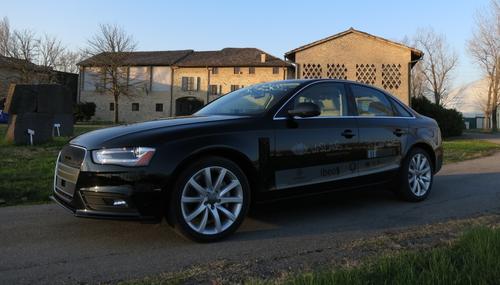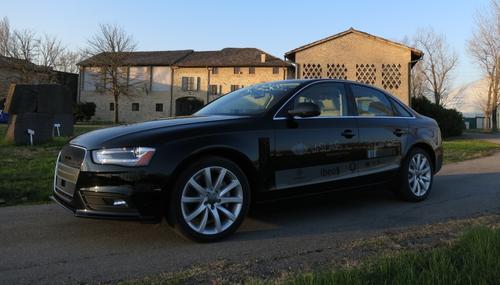April 23, 2014

The University of Parma's Artificial Vision and Intelligent Systems Laboratory (VisLab) recently announced that its newest autonomous vehicle project is being powered by the QNX Neutrino operating system.
The DEEVA project will be unveiled at an autonomous vehicle showcase this month. QNX technology will give the vehicle full 3D sensor capability around its circumference in real-time.
The QNX Neutrino was designed by QNX Software Systems Ltd., which specializes in technology solutions for a range of industries, including automotive, security, and defense. VisLab's DEEVA uses QNX technology for path and trajectory solutions, real-time combined visual and laser data, and a human machine interface.

More than 20 cameras and four laser scanners give the vehicle a 360-degree view of its surroundings. The autonomous prototype was built into a sedan with a rooftop (without changing the vehicle's exterior) to show that the technology can be installed on any car.
The autonomous car was built with two concepts in mind: low cost and full integration. For this reason, it relies on low-cost vision and laser scanner technology and was fully integrated into a vehicle already available on the market. It uses both the QNX Neutrino OS and VisLab's 3DV stereovision technology, which is also already on the market.
The vehicle's control panel looks like a tablet connected to the dashboard. The engineers who built DEEVA said the panel can be manned by anyone inside the vehicle. Though they did not specifically say so, this may mean that, if the driver is intoxicated, the passenger can take over to ensure everyone's safety.
In 2009, VisLab developed the BRAiVE vehicle, which drove itself through urban traffic. It was the first autonomous driving test of its kind ever attempted.
VisLab says its latest technology is almost at the point of being marketable. Pairing high-end functionality with reliable, low-cost reliable technology also makes the solution more feasible for consumers.
Autonomous cars -- it's software driving a car's software. What could possibly go wrong?
Related posts:
About the Author(s)
You May Also Like





